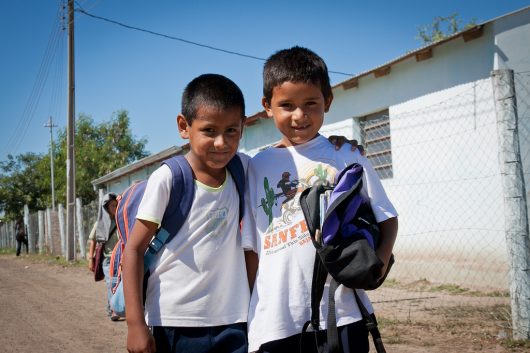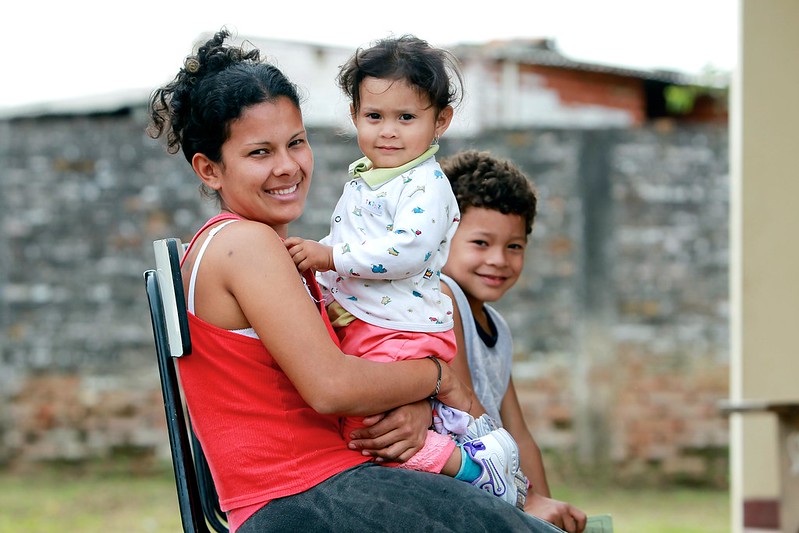 In recent years, Paraguay has improved its infant mortality rate, healthcare facility spending and health care resources. Yet, there is still much to do to improve healthcare in Paraguay. Here are seven ways the Paraguayan government is working to improve healthcare in Paraguay.
In recent years, Paraguay has improved its infant mortality rate, healthcare facility spending and health care resources. Yet, there is still much to do to improve healthcare in Paraguay. Here are seven ways the Paraguayan government is working to improve healthcare in Paraguay.
7 Facts about Healthcare in Paraguay
- Paraguay has far fewer healthcare workers than needed to provide adequate care for patients in rural areas. In fact, 70% of healthcare workers are allocated in the city of Asunción despite only 30% of the population living in that area.
- The World Bank approved a loan to Paraguay to help improve its healthcare structure. In May of 2019, the World Bank approved a $115 million loan to allow Paraguay to develop health treatments for mothers, newborn children and people who suffer from chronic health conditions. With the help of this loan, the quality of healthcare will increase in Paraguay in the coming years.
- The current life expectancy for people in Paraguay is 74.1 years. In 1990, the life expectancy in Paraguay was 68.5 years. Innovations in medicine, an increase in healthcare spending and resources have all contributed to the increase in the Paraguayan life expectancy. Although Paraguay has increased its life expectancy in the last 30 years, the country still has a long way to go to meet the life expectancy of more developed nations.
- The average amount spent on healthcare per capita in Paraguay is cause for great concern. In 2017, the average healthcare spending per capita for one year was $381. This number is a fraction of what developed nations spend on healthcare. As middle and lower-income Paraguans do not have the financial resources to pay for healthcare, they do not go to doctors or hospitals unless it is necessary. Lack of doctor visits and preventative care will cause further health issues and the onset of chronic health conditions for Paraguans in the future.
- Paraguay has very few hospital beds compared to the beds needed to care for the sick population. Paraguay has about one hospital bed per 1000 people, which is almost a third of the hospital beds the United States has. Having enough hospital beds is essential to caring for the vulnerable population, especially during the COVID-19 pandemic. Because of the COVID-19 pandemic, Paraguay is in urgent need of more hospitals. Paraguay is building contingent hospitals to help care for more sick patients, but these hospitals will only help with the hospital bed shortage in the short term.
- Paraguay still has a relevantly high infant mortality rate. As of 2019, the infant mortality rate in Paraguay was 16.6 infant deaths per 1000 live births. This is almost three times the infant mortality rate of the United States. Most of the infants died of diseases such as pneumonia, the flu and diarrheal diseases.
- Paraguay does not have sufficient mental health resources. In Paraguay, there are only two mental health hospitals, no mental healthcare plan for adolescents and no stand-alone laws for mental health issues. Currently, 908,117 people in Paraguay suffer from mental health issues. To help the mentally ill population, Paraguay needs more resources to finance more mental health institutions. Paraguay also needs to create mental health plans and institute laws to help the mentally ill.
Overall, Paraguay has made many improvements over the years, including infant mortality rate, healthcare spending and resources. However, Paraguay is still far from being caught up with higher-income nations. With the help of foreign aid and instituting more health care policies, Paraguay may develop a stronger healthcare system. In the coming years, Paraguay will hopefully eradicate diseases prevalent in the country and establish a better system to help with the medical needs of the population.
– Hannah Drzewiecki
Photo: Flickr

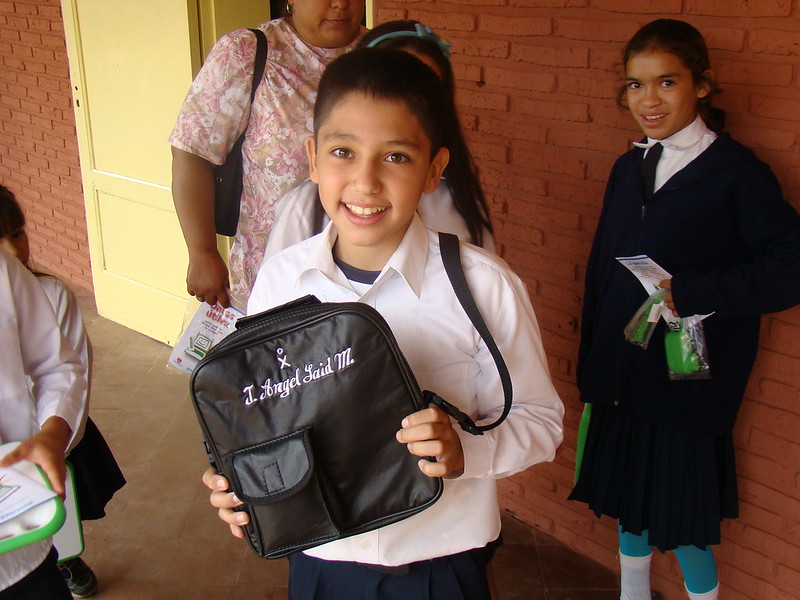 Paraguay is one of the smallest countries in South America but is still home to more than seven million residents. Many Paraguayans residing in the landlocked region struggle to survive, with nearly 17% of the population living in poverty. The poverty rate is even higher among rural and indigenous communities. As a result, hunger in Paraguay continues to be a significant problem.
Paraguay is one of the smallest countries in South America but is still home to more than seven million residents. Many Paraguayans residing in the landlocked region struggle to survive, with nearly 17% of the population living in poverty. The poverty rate is even higher among rural and indigenous communities. As a result, hunger in Paraguay continues to be a significant problem.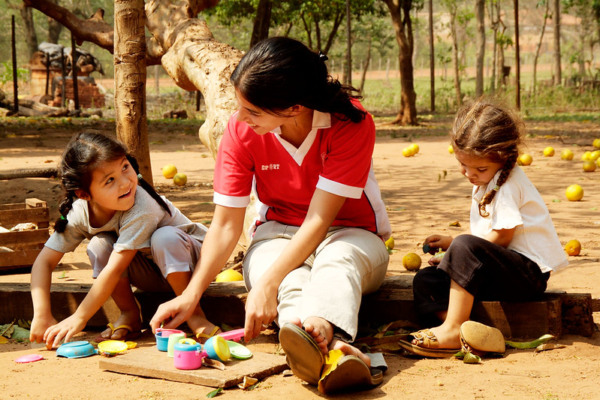
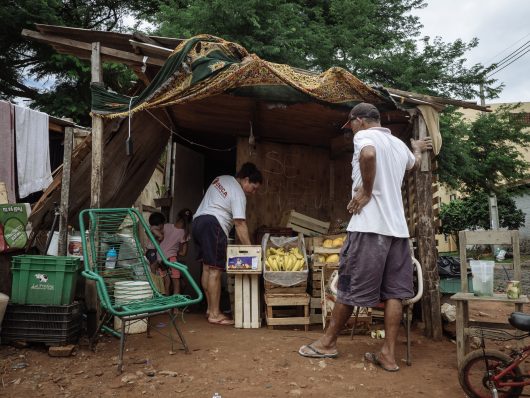

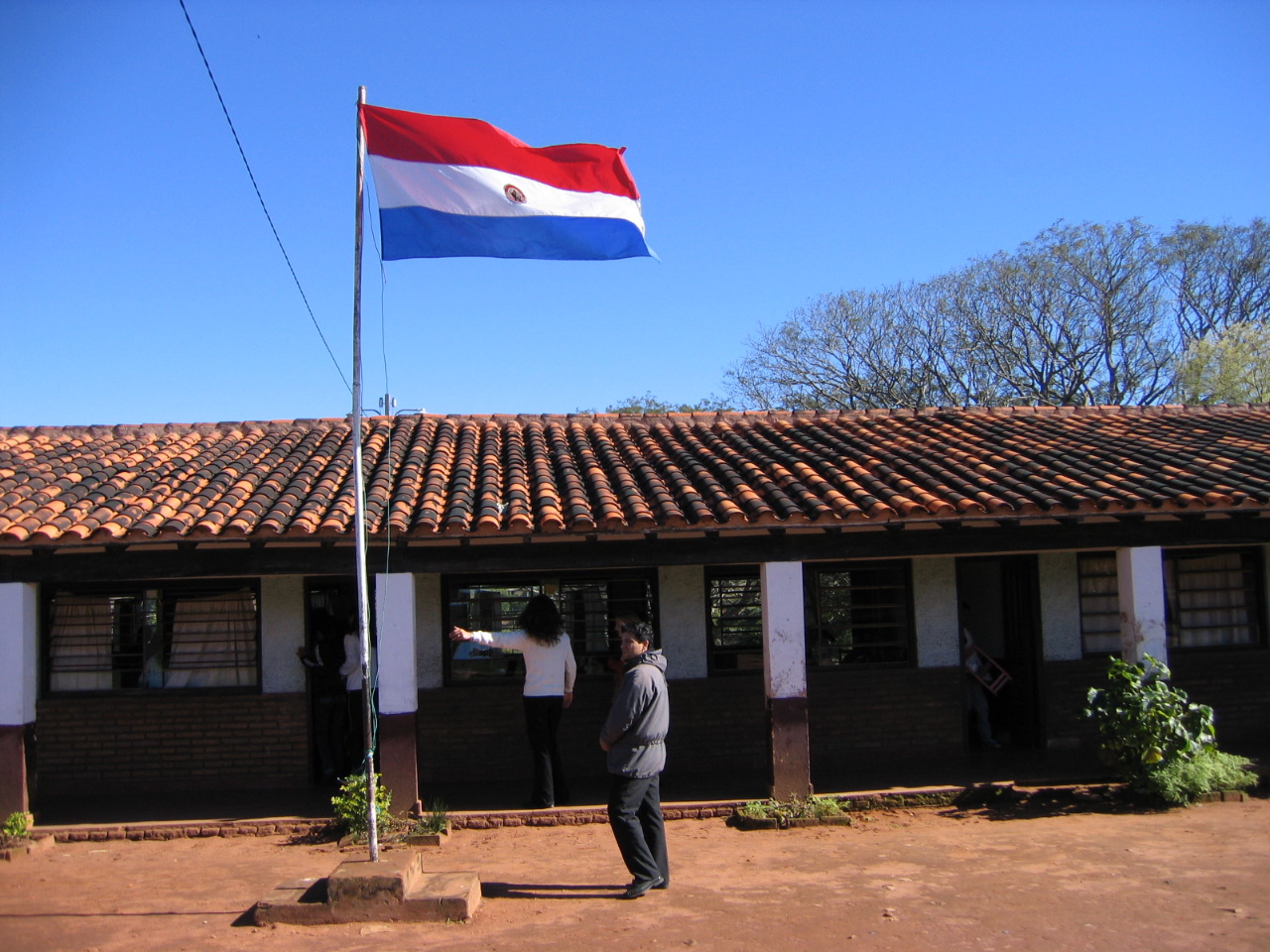 Paraguay is a country located in South America, situated between the northern border of
Paraguay is a country located in South America, situated between the northern border of 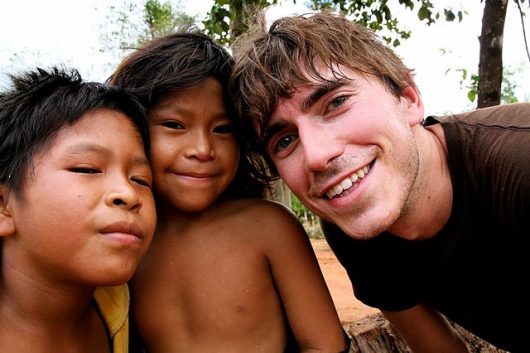 For years, Paraguay has been one of the poorest countries in South America. The
For years, Paraguay has been one of the poorest countries in South America. The 

